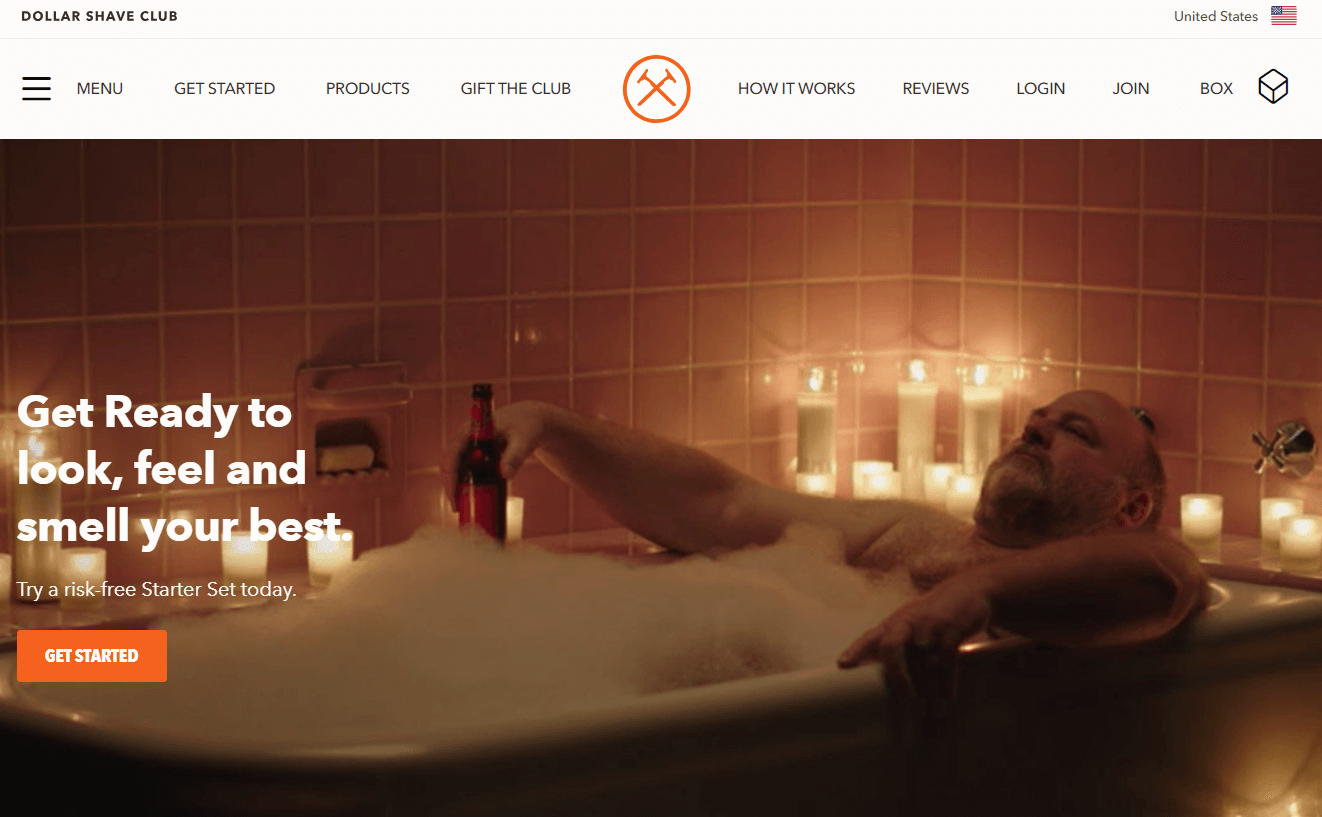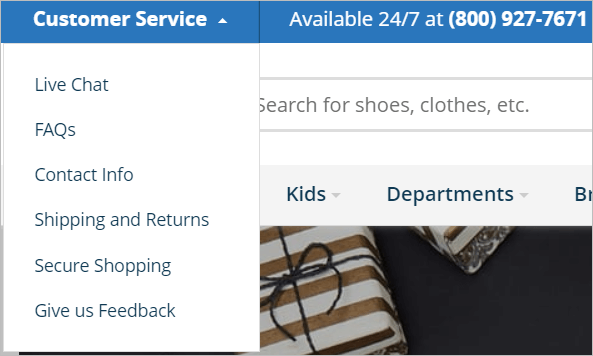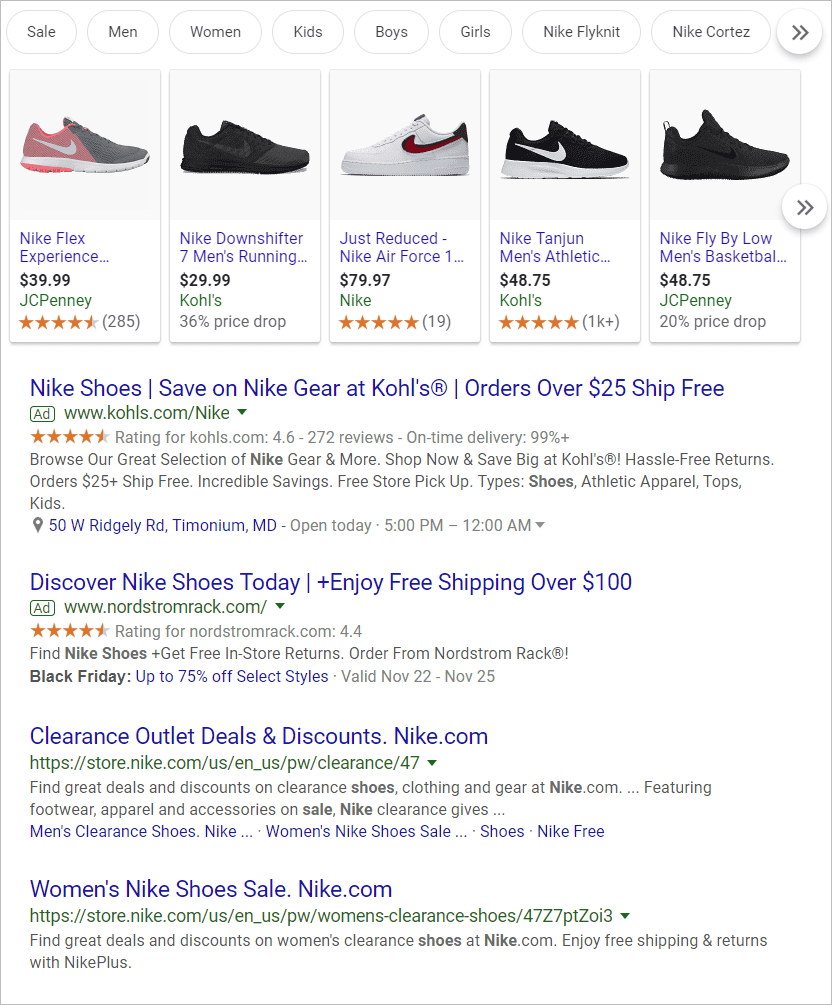
It is estimated that global eCommerce retail sales will reach $4.5 trillion by 2021. Considering that they reached $1.3 trillion just four years ago, it’s no surprise that more and more people are trying to get a piece of that huge pie. But as thousands of entrepreneurs and wannabes are flocking to the Internet to start their eCommerce careers, the market is becoming more competitive than ever. How to distinguish your online store from the crowd and build a profitable online store? Here are five smart strategies.
Strategy #1: Find the Right Product and Keep Test It
Although these strategies should be focused on your website, the number one thing you should test is always the product. If you already know that it’s selling well, you can skip this part. But if you have just found a new product at a foreign retailer or want to start selling your own products, you will need to test the market.
How to do that? Apart from surveys, sending samples to potential customers and talking to your own friends and family (although they could be biased), you can do a simple product test right on your website. However, instead of creating a full-blown store, create a simple product sales page and drive some paid traffic to it.
Once you get the first customers, reach out to them and ask for honest opinions. There are two big benefits to doing that. First, on top of violating the product, you can get some valuable feedback which you can use as social proof on your new store.
Strategy #2: Invest Time and Money in Branding
The next critical ingredient of a successful eCommerce website is its brand. There are hundreds if not thousands of the same boring online stores that do nothing other than listing a few products that they are selling. That’s not how you should approach your business.

Instead, you should focus on building a memorable brand with consistent advertising that corresponds to its core values. Take a look at Dollar Shave Club – one of the best examples of a successful store that had, and still has tremendous advertising (thousands of people saw their main YouTube ad). And their catchy brand name made it easy to remember the name of the store and share it with others. Naturally, you don’t have to create super-cool YouTube videos and come up with unique pricing models to build a successful online store. Quite often, just having a trustworthy, modern website, high-quality graphics, and active social media channels are enough to build trust (which is essential in the eCommerce world) and outperform 90% of the stores which ignore their customers. Just think about Amazon – one of the biggest reasons for their continuous growth and success is the fact that people trust them and know that they have nothing to worry about when they send them their money.
Strategy #3: Choose What Makes Your Store Better than Others
While a high-quality website will definitely help you establish a good relationship with your customers, to increase the chance that they come back and remember your brand, it’s good to choose one thing that you want your store to be known for. A great example of this strategy is Zappos and their excellent customer service. By being super responsive to their customers, they’ve managed to take a big slice of the eCommerce pie for themselves and became an eCommerce brand widely recognized for however they approach their customers.

Of course, if you’re just starting out, you most likely can’t afford to hire a whole customer service department. But you can always look at what others are doing to excel and try to implement at least part of it on your site. What can Zappos teach you? For example, consider adding a live chat so that your customers can reach you or your employees in real-time while browsing the store.
Strategy #4: Deal with the Hosting Stuff Once and (almost) For All
Building an eCommerce site requires you to focus not only on creating the site itself but even more so on the business stuff related to it. That’s why you should try to minimize other distractions as much as possible. One of such time sucking activities is hosting.
When it comes to choosing the server for an online store, you should look for a hosting that’s managed (so that you don’t have to configure or secure it on your own), offers exclusive access to resources and is very simple to access and make changes to should you want to add a new application or email address.
An excellent example of such package is a cloud hosting from Hostinger which comes fully-managed, gives you access to a convenient control panel and, most importantly, ensures that the resources allocated to your server instance are fully exclusive. It’s worth mentioning that the latter isn’t always true on cloud hosting services.

Strategy #5: Choose the First Source of Traffic and Master It
The last strategy which you can use to increase your chances of success is becoming well-versed in one traffic source. What does that mean? As you probably know, your website can get visitors from Instagram, Facebook (both free and paid), Google Ads, SEO, referral traffic and a dozen of other sources, including direct – which is the main traffic source for all the big brands. But, trying to get a piece of them all is very ineffective and leads to wasting a lot of effort. Especially in the very beginning.
Instead, you should look for the best traffic for your particular product or situation. For example, if you already have an active Instagram page on which you could start promoting it (and it’s a product that looks great in the photos), by focusing your work on that particular source you’ll be able to grow your store much faster.

Similarly, if you have any experience with SEO and your product is often searched for on Google, you should focus your efforts on search engine optimization, and, depending on your budget, Google Ads. Just keep in mind that you will be competing with all the big brands directly, as they are already there.
Naturally, you shouldn’t keep all your eggs in one basket and once you scale and potentially automate one source of traffic, you should venture into another as soon as possible. Similarly, you can also start your SEO efforts right away – as writing quality content and optimizing your website for keywords doesn’t require that much effort and is a profitable long-term strategy that is worth starting from.
You may also like to read: Importance of Mobile Application for Ecommerce Business